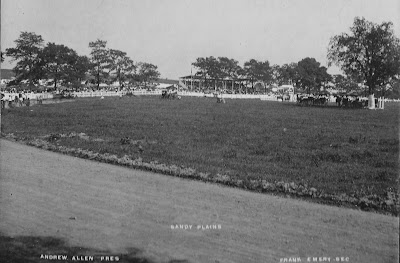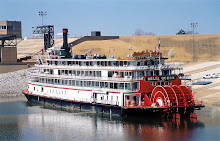





The last four images above are from the collection of Bill Hess of Millsboro
Sandy Plains was originally known as Racine, the name of the post office near the center of East Bethlehem Township. Among the first three original settlers of Washington County was Eberhart Hupp ( died 1824 at age 109 ). Most early history books on Washington County, Pennsylvania refer to the Hupp Family. Reports differ as to just when the Hupps came to the fork of Ten Mile Creek and the Monongahela River. The older published Washington County histories (Creigh, Crumrine, McFarland and Forrest) agree that the Hupps, Bumgarners and Teagardens were the earliest "recorded" (filed for land titles) settlers in the region. Crumrine says that Everhart Hupp, George Bumgarner and Abraham Teagarden came from Virginia together to the mouth of the Ten Mile Creek in 1766. He cites a specific grant of land to Hupp in 1766. He bought the land from the Indians for the sum of " one black mare and one rifle gun." These were later surveyed as Hupp's Regard (387 acres) and Hupp's Bottom (295 acres). The land begins about a quarter of a mile north of the Ten Mile Creek bridge on Route 88 near Millsboro, extending back into the hills to the north and west. Included is the present town of Besco and part of the hills above, up Hog's Hill road to Sandy Plains. Forrest says that Hupp built a blockhouse on the land in 1769.
Russell Bane, a descendant of the Hupps and Millsboro resident, believed that Everhart Hupp's cabin was on the high hill by the Route 88 bridge over Ten Mile Creek. This was in later years known as "the Point". Everhard Hupp's Mill is believed to have been on Black Dog Hollow. Everhard later purchased two tracts of land farther up Ten Mile Creek near the present village
of Ten Mile. His wife Margaret was the first white woman west of the Monongahela River, she died at the age of 105.



























No comments:
Post a Comment